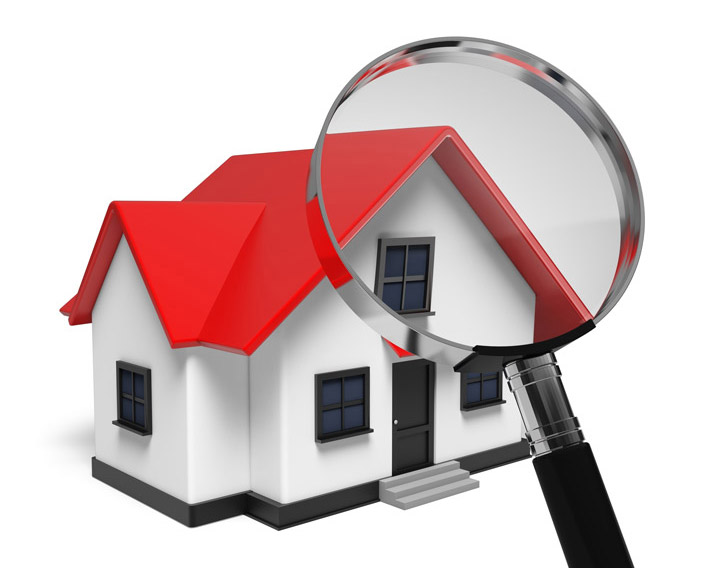
Comprehending AppraisalsGetting a house can be the most serious financial decision many of us might ever make. Whether it's a primary residence, an additional vacation home or one of many rentals, purchasing real property is a detailed transaction that requires multiple people working in concert to pull it all off. It's likely you are familiar with the parties taking part in the transaction. The most familiar entity in the exchange is the real estate agent. Then, the bank provides the financial capital necessary to finance the exchange. The title company ensures that all areas of the sale are completed and that the title is clear to transfer to the buyer from the seller. So, who makes sure the value of the real estate is consistent with the purchase price? In comes the appraiser. We provide an unbiased estimate of what a buyer might expect to pay — or a seller receive — for a property, where both buyer and seller are informed parties. A licensed, certified, professional appraiser from a la mode will ensure, you as an interested party, are informed. Inspecting the subject propertyOur first responsibility at a la mode is to inspect the property to determine its true status. We must physically view features, such as the number of bedrooms and bathrooms, the location, amenities, etc., to ensure they indeed are present and are in the condition a typical person would expect them to be. To ensure the stated size of the property has not been misrepresented and document the layout of the home, the inspection often includes creating a sketch of the floorplan. Most importantly, we identify any obvious amenities - or defects - that would affect the value of the property. Following the inspection, we use two or three approaches to determining the value of the property: paired sales analysis and, in the case of a rental property, an income approach. 
Cost ApproachThis is where we analyze information on local construction costs, the cost of labor and other elements to derive how much it would cost to replace the property being appraised. This figure commonly sets the upper limit on what a property would sell for. The cost approach is also the least used method. 
Paired Sales AnalysisAppraisers can tell you a lot about the neighborhoods in which they work. They innately understand the value of specific features to the residents of that area. Then, the appraiser looks up recent transactions in the area and finds properties which are 'comparable' to the subject at hand. Using knowledge of the value of certain items such as upgraded appliances, extra bathrooms, additional living area, quality of construction, lot size, we adjust the comparable properties so that they more accurately match the features of subject.
A valid estimate of what the subject might sell for can only be determined once all differences between the comps and the subject have been evaluated. When it comes to putting a value on features of homes in Tooele and Tooele, a la mode can't be beat. The sales comparison approach to value is usually awarded the most importance when an appraisal is for a home purchase. Valuation Using the Income ApproachA third way of valuing a house is sometimes applied when a neighborhood has a reasonable number of renter occupied properties. In this situation, the amount of revenue the real estate produces is taken into consideration along with income produced by nearby properties to give an indicator of the current value. ReconciliationCombining information from all applicable approaches, the appraiser is then ready to document an estimated market value for the property in question. It is important to note that while this amount is probably the most accurate indication of what a property is worth, it probably will not be the price at which the property closes. Depending on the specific situations of the buyer or seller, their level of urgency or a buyer's desire for that exact property, the closing price of a home can always be driven up or down.But the appraised value is often used as a guideline for lenders who don't want to loan a buyer more money than they could recover in the event they had to put the property on the market again. At the end of the day, an appraiser from a la mode will guarantee you attain the most accurate property value, so you can make the most informed real estate decisions. |